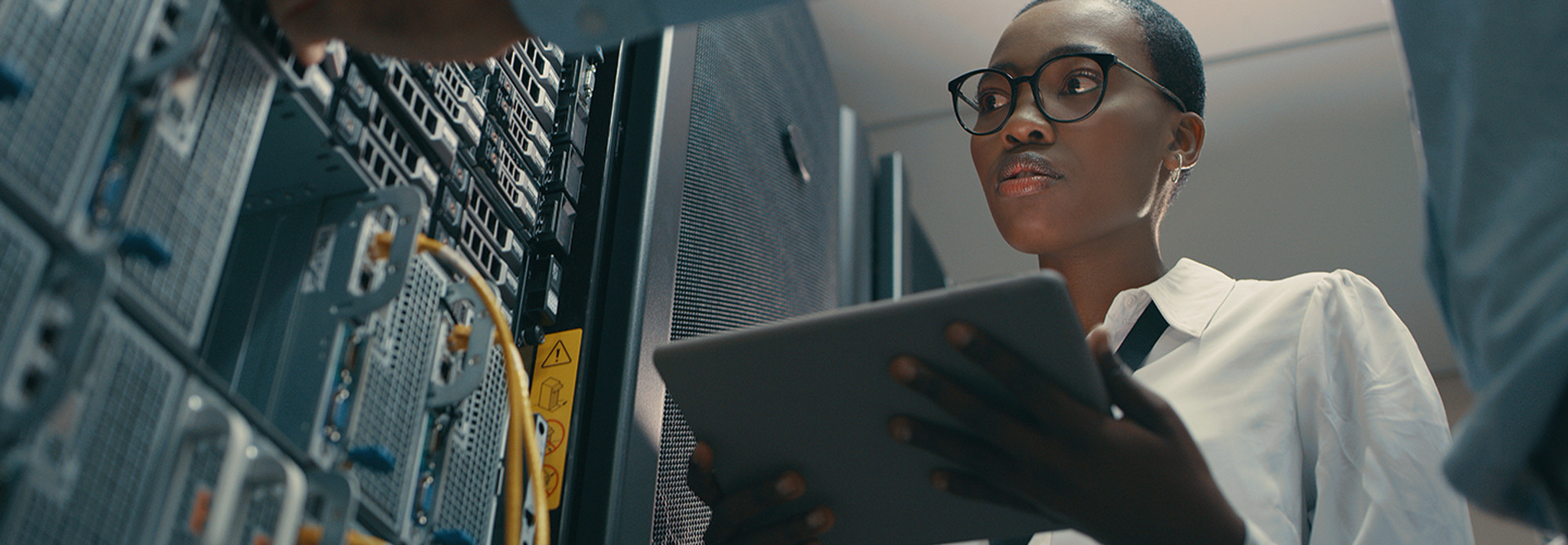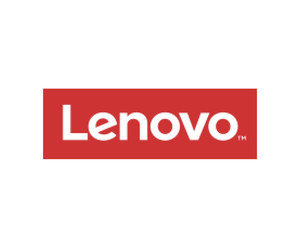Thinking Outside the Business Continuity Box
The goal of business continuity is to minimize disruptions. When it comes to end-user hardware, however, security and continuity are often at cross-purposes. Where continuity looks to streamline operations, security focuses on controlling risk. The result is a push-pull dynamic in which security impacts performance and continuity potentially limits protection.
Solutions such as the ThinkShield security portfolio from Lenovo, powered by the built-in hardware-enhanced security features of the Intel Evo vPro platform, can help companies break out of this business continuity box.
From the Intel Hardware Shield (which layers additional security onto the desktop or laptop BIOS) to smart port protection (which allows only the connection of nonstorage devices to a custom, embedded security chip that performs security functions completely isolated from software), ThinkShield lets users maximize performance without compromising protection.
EXPLORE: See how businesses can build secure, resilient networks and minimize downtime.
Making Business Continuity Work: Test, Test and Test
While both cloud-based and physical devices have a role to play in effective business continuity, Lappage notes that it’s not enough to simply implement these frameworks. Companies need to create robust continuity plans that lay out what happens, when and why in the event of a potential compromise.
“The most important thing is the testing phase,” he says. “Without testing, people don’t have assurance that the plan is going to work. You need to know at what point your incident response plan triggers your business continuity plan. What type of event necessitates its activation? You don’t want people going in cold.”
Effective hardware security is part of this larger testing paradigm: By simulating potential attacks, businesses can ensure that end-user devices are equipped to guard against threats and take action to prevent compromise, in turn derailing potential downtime and minimizing the need for full activation of their continuity action plans.
Bottom line? Effective business continuity depends on an end-to-end approach. While this includes both resilient hybrid networks and solutions such as cloud-based VDI, it also depends on end-user devices equipped with built-in security to reduce the risk of unexpected operational downtime, says Lappage.
“It comes down to one word: preparedness.”
Brought to you by:












